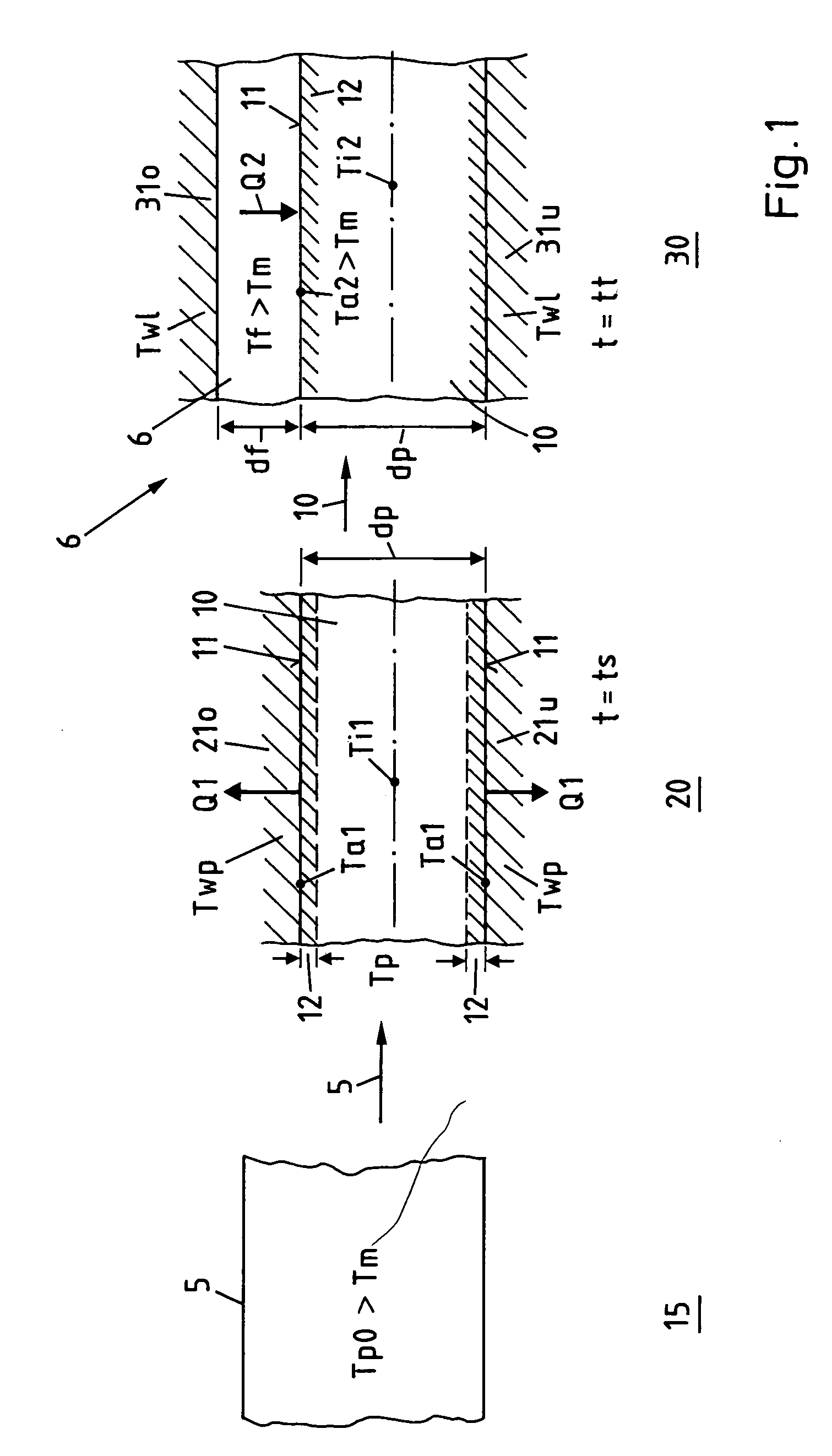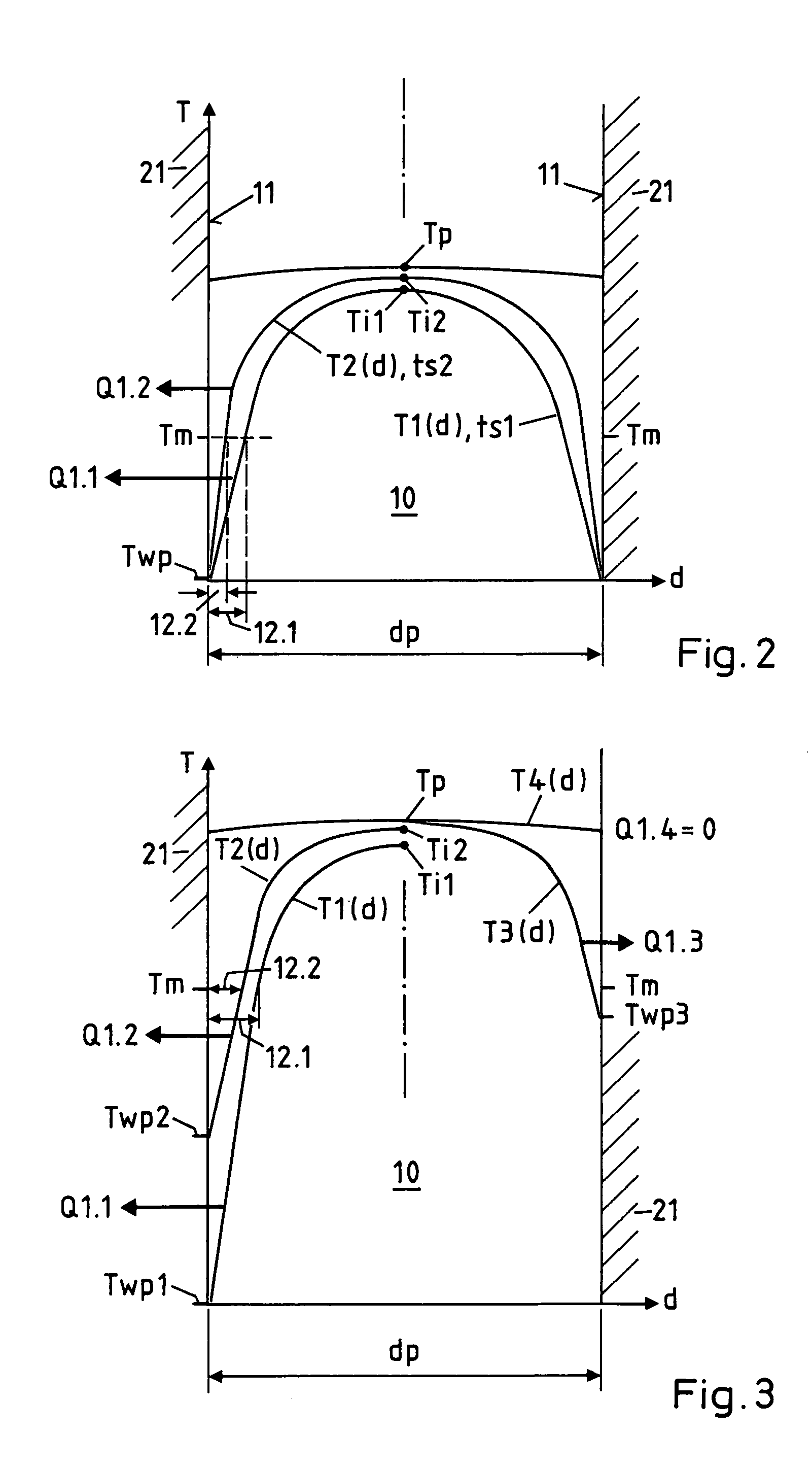Method for the production of structural components from fiber-reinforced thermoplastic material
a technology of thermoplastic material and fiber reinforcement, applied in the direction of superstructure subunits, lamination, domestic articles, etc., can solve the problems of inability to meet the requirements of structural components, limited possible shaping and applications, and still manifest essential disadvantages with respect to efficient production, reproducibility, and development of an integrated continuous fiber load-bearing structur
- Summary
- Abstract
- Description
- Claims
- Application Information
AI Technical Summary
Benefits of technology
Problems solved by technology
Method used
Image
Examples
Embodiment Construction
[0027]FIG. 1 schematically illustrates the method according to the invention for the production of structural components out of long-fiber thermoplastic material (LFT) with integrated continuous fiber (CF)-reinforcements in a single stage LFT-pressing process by means of shock-cooling and CF-profile compression moulding in its sequence.
[0028]In a heating station 15 impregnated, particularly, pre-consolidated CF-tapes or bands 5 are completely melted to a practically homogeneous temperature Tp0, which is selected to be well above the melting point Tm, and subsequently transferred into a two-part profile tool 21 (here in 21u where “u” means “under”) of a CF-profile forming station 20. Here the CF-tapes 5 with an input temperature Tp are formed into a chosen CF-profile 10 by means of pressing for a short time during a precisely defined shock-cooling period ts. During this form pressing and shock-cooling, a shock-cooled, dimensionally stable thin casing layer 12 is formed through the co...
PUM
| Property | Measurement | Unit |
|---|---|---|
| length | aaaaa | aaaaa |
| thickness | aaaaa | aaaaa |
| thickness | aaaaa | aaaaa |
Abstract
Description
Claims
Application Information
 Login to View More
Login to View More - R&D
- Intellectual Property
- Life Sciences
- Materials
- Tech Scout
- Unparalleled Data Quality
- Higher Quality Content
- 60% Fewer Hallucinations
Browse by: Latest US Patents, China's latest patents, Technical Efficacy Thesaurus, Application Domain, Technology Topic, Popular Technical Reports.
© 2025 PatSnap. All rights reserved.Legal|Privacy policy|Modern Slavery Act Transparency Statement|Sitemap|About US| Contact US: help@patsnap.com



